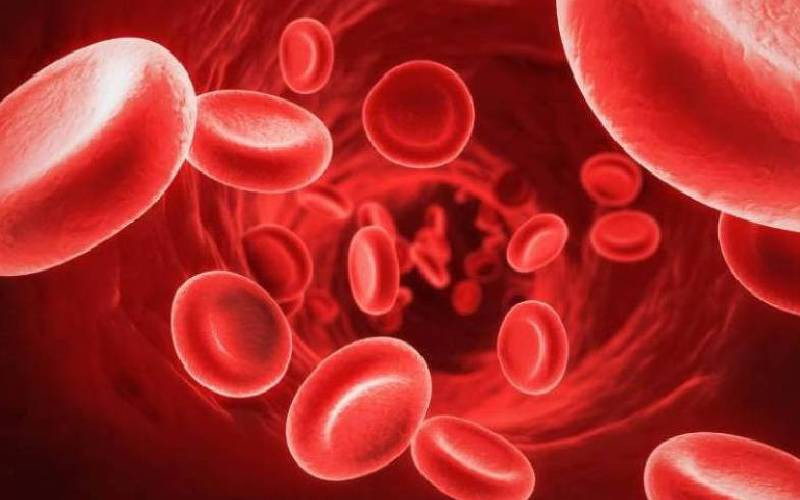People with herpes are three times more likely to get infected with HIV, according to a new study by the World Health Organisation (WHO).
The recent study says HSV-2, a virus that causes genital herpes, leads to inflammation and small breaks in the genital and anal skin that can make it easier for HIV infection.
Authored by staff at the University of Bristol, WHO and Weill Cornell Medical College-Qatar, and published in the Bulletin of the WHO, the new study focussed on global infection prevalence and incidence of herpes simplex virus types 1 and 2 (HSV-1 and HSV-2) in 2016.
About half a billion people worldwide are living with genital herpes and millions have oral herpes infection, new estimates show.
“In addition, people with both HIV and HSV-2 infection are more likely to spread HIV to others,” says the report.
Sexually transmitted
HSV-2 is the main cause of genital herpes. It is almost exclusively sexually transmitted. Infection with HSV-2 is lifelong and incurable.
According to WHO, a strong association exists between HSV-2 infection and HIV infection.
In 2019, WHO commissioned a modelling study to estimate how much HSV-2 infection might contribute to HIV incidence.
The study estimated that almost 30 per cent of new sexually acquired HIV infections in 2016 worldwide were likely attributable to HSV-2 infection.
An estimated 491.5 million people were living with HSV-2 infection in 2016, equivalent to 13.2 per cent of the world’s population aged 15 to 49 years.
Also, an estimated 3.7 billion people had HSV-1 infection during the same year – around 66.6 per cent of the world’s population aged 0 to 49.
 The Standard Group Plc is a multi-media organization with investments in media
platforms spanning newspaper print
operations, television, radio broadcasting, digital and online services. The
Standard Group is recognized as a
leading multi-media house in Kenya with a key influence in matters of national
and international interest.
The Standard Group Plc is a multi-media organization with investments in media
platforms spanning newspaper print
operations, television, radio broadcasting, digital and online services. The
Standard Group is recognized as a
leading multi-media house in Kenya with a key influence in matters of national
and international interest.











